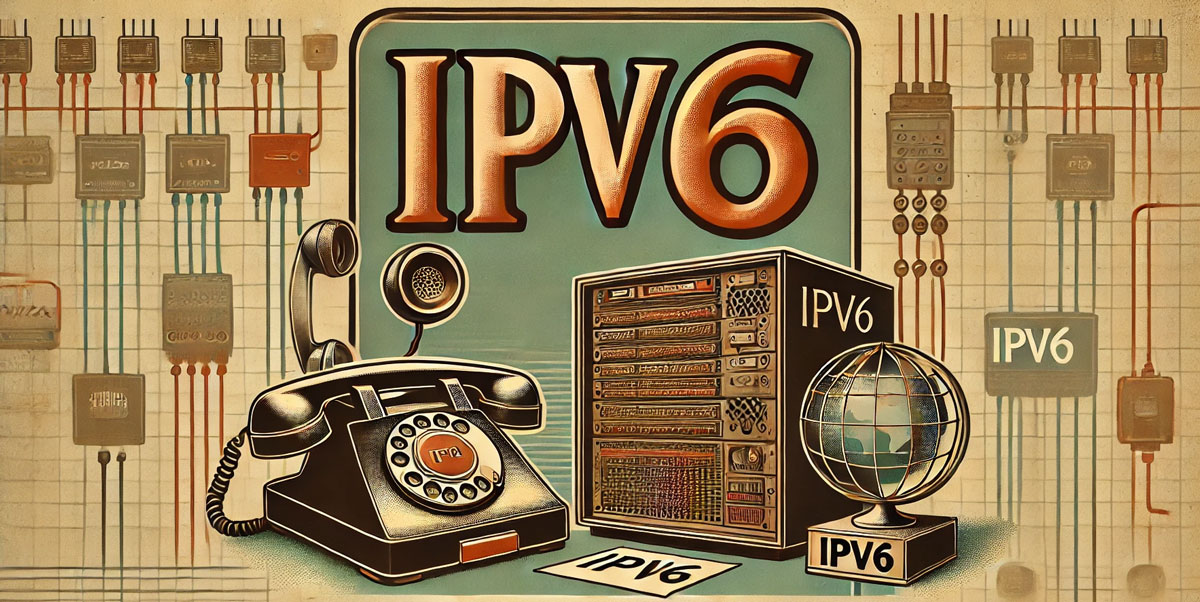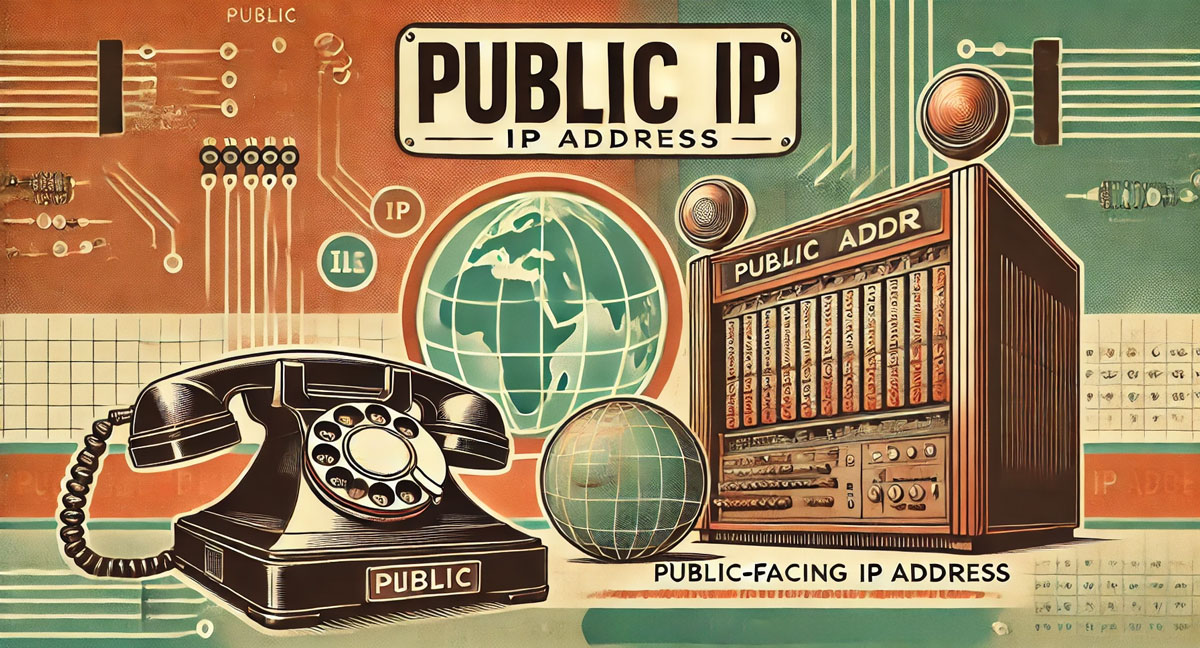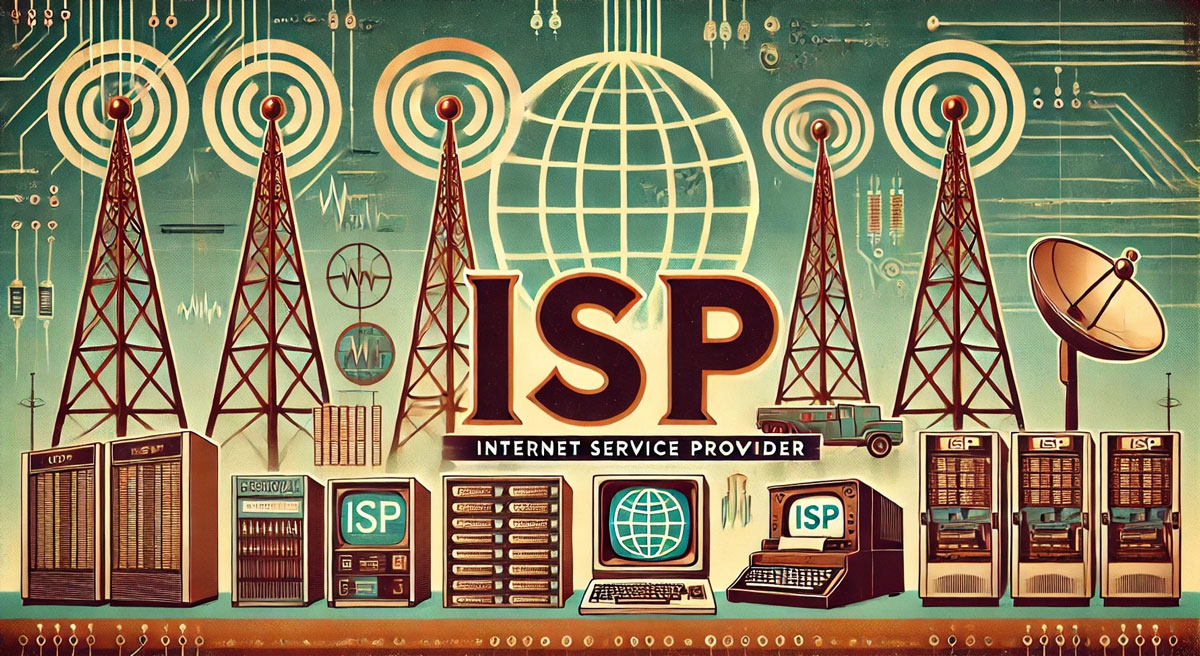What is IPv6?

Understanding IPv6 Basics
IPv6 (Internet Protocol version 6) represents the next generation of Internet Protocol, designed to eventually replace the widely-used IPv4. Created by the Internet Engineering Task Force (IETF) in 1998, IPv6 addresses one of the most significant limitations of IPv4: the exhaustion of available IP addresses. Unlike IPv4, which uses a 32-bit address format, IPv6 employs a 128-bit address format, providing an astronomically larger pool of unique addresses. You can use our IPv6 Lookup tool to see this new format in action.
An IPv6 address consists of eight groups of four hexadecimal digits separated by colons. For example: 2001:0db8:85a3:0000:0000:8a2e:0370:7334. To make these addresses more manageable, groups containing only zeros can be omitted and replaced with a double colon (::), though this can only be done once in an address.
Why IPv6 Was Developed
The primary driving force behind IPv6's development was the imminent exhaustion of IPv4 addresses. IPv4 can generate approximately 4.3 billion unique addresses, which seemed inexhaustible in the 1980s. However, with the explosive growth of internet-connected devices, this number proved insufficient. In contrast, IPv6 can provide roughly 340 undecillion addresses (340,282,366,920,938,463,463,374,607,431,768,211,456 to be precise), ensuring we won't run out of addresses in the foreseeable future.
Key Differences Between IPv4 and IPv6
The differences between IPv4 and IPv6 extend far beyond just address space:
- Address Format: IPv4 uses decimal numbers separated by dots (e.g., 192.168.1.1), while IPv6 uses hexadecimal numbers separated by colons
- Header Structure: IPv6 has a simplified header format, making it more efficient for routers to process
- Security: IPv6 includes built-in IPsec (Internet Protocol Security) as a core feature, while it's optional in IPv4
- Packet Flow: IPv6 handles packet fragmentation more efficiently, processing it at the sender's end rather than at routers
- Configuration: IPv6 offers improved auto-configuration capabilities, reducing the need for DHCP servers
Understanding IPv6 Lookup Tools
Our IPv6 Lookup tool provides essential information about IPv6 addresses and their associated networks. These tools have been specifically designed to handle the complexity and expanded format of IPv6 addresses, offering comprehensive details about address ownership, location, and network characteristics.
When performing an IPv6 Lookup, users can retrieve several types of information:
- Address Details: View both compressed and expanded IPv6 notation, validation of address formatting, and subnet information
- Network Information: Identify the IP block owner, associated Autonomous System Numbers (ASN), and reverse DNS records
- Geolocation Data: Find the country, region, city-level location (when available), and time zone information
- Security Information: Access abuse contact details and check for known security issues associated with the address block
These lookup capabilities are particularly valuable for network administrators, security professionals, and anyone needing to trace or verify IPv6 address information.
Benefits of IPv6
IPv6 brings several significant improvements over its predecessor:
- Expanded Address Space: The astronomical number of available addresses eliminates the need for Network Address Translation (NAT) and ensures every device can have its own unique address
- Enhanced Security: Built-in IPsec provides better authentication and encryption capabilities
- Improved Performance: Simplified headers and more efficient routing lead to faster data transmission
- Better Mobile Support: IPv6 provides better handling of mobile devices and transitions between networks
- Auto-configuration: Devices can automatically configure their own IPv6 addresses, simplifying network management
Challenges in IPv6 Adoption
Despite its advantages, IPv6 adoption has faced several obstacles:
- Backward Compatibility: IPv6 isn't directly compatible with IPv4, requiring dual-stack implementations or transition mechanisms
- Implementation Costs: Organizations must invest in new hardware, software updates, and staff training
- Limited Incentive: With NAT extending IPv4's lifespan, many organizations see little immediate need to switch
- Complex Configuration: IPv6 addresses are longer and more complex to manage, increasing the chance of configuration errors
The transition to IPv6 is gradual but inevitable as the internet continues to grow and evolve. While IPv4 will likely remain in use for years to come, understanding IPv6 and having access to robust IPv6 lookup tools becomes increasingly important for anyone working with network technologies or managing internet resources.


